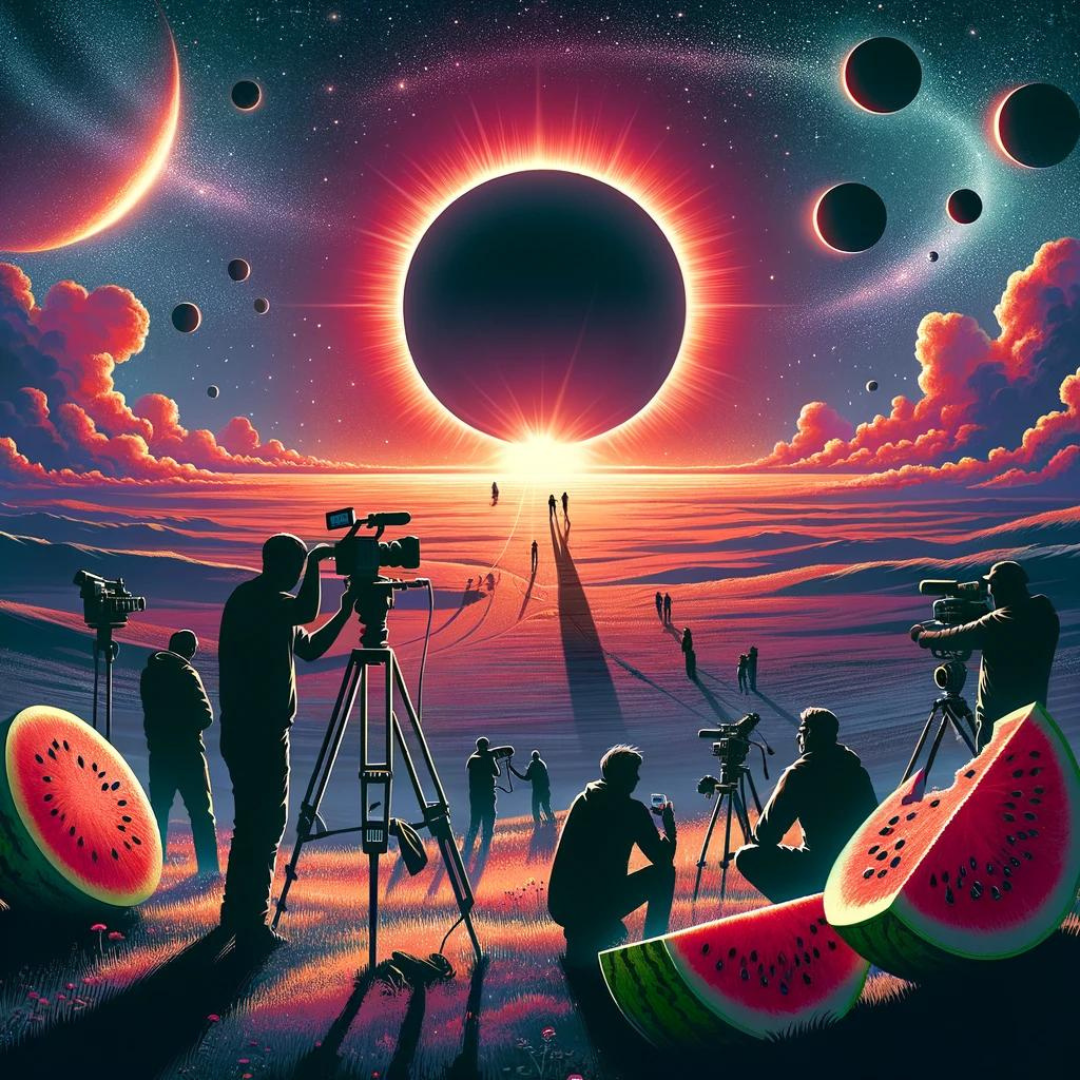
The world is full of amazing and beautiful sights, and one of the most rare and captivating sights in the natural world are eclipses. Solar and lunar eclipses have been observed and documented for centuries, and have been the subject of awe, reverence, and wonder. Eclipses occur due to the alignment of the Earth, the sun, and the moon, and can take on a variety of forms depending on their positions and the precise time of year.
Filming these rare astronomical events can be a challenging and difficult process, due to the challenging conditions and unique circumstances involved. However, the results can be truly spectacular and memorable, and can provide some amazing insights into the cycle of the Earth’s natural phenomena.
What is an Eclipse?
An eclipse occurs when the sun, the moon, and the Earth are all in alignment, and the shadow of one of these bodies is cast upon the other. There are two main types of eclipses: solar and lunar. Solar eclipses occur when the moon passes between the Earth and the sun, casting the shadow of the moon over the sun. Lunar eclipses occur when the Earth passes between the sun and the moon, casting the Earth’s shadow on the moon.
Solar eclipses can be total or partial, and the precise type and appearance of an eclipse depends on its position and timing. A total solar eclipse is the most spectacular eclipse, and occurs when the disk of the moon perfectly covers the disk of the sun. A total solar eclipse is often accompanied by the appearance of the solar corona, a bright, ring-like glow of light that emanates from the edge of the sun.
Lunar eclipses can also be total or partial, and the appearance and duration of a lunar eclipse depends on the Earth’s position as well. A total lunar eclipse occurs when the moon passes completely inside the Earth’s shadow. During a total lunar eclipse, the moon takes on a beautiful and eerie reddish hue, and is sometimes called a “blood moon”.
Challenges of Filming Eclipses
Filming an eclipse is a difficult and challenging process, and it involves capturing the exact alignment and precise details of the event. Solar eclipses only occur during new moons, and can be observed from relatively small areas on the Earth’s surface. This means that filming a solar eclipse requires precise planning and careful coordination with the t4iming and location of the eclipse.
In addition to the challenging timing and location, the intense brightness and heat of the sun during a solar eclipse can make filming difficult. Solar eclipses can also produce extreme variations in brightness, and the light levels can vary by many orders of magnitude in a very short period of time. This makes it difficult to find the proper camera exposure setting and to ensure that the footage is properly exposed.
Filming lunar eclipses also presents its own unique challenges. Unlike solar eclipses, lunar eclipses can be observed from almost anywhere in the world and can last for many hours. However, the moon’s movement across the sky during a lunar eclipse can make it difficult to keep the camera aligned and the footage stable. And the lighting conditions of a lunar eclipse can also be tricky, as the brightness of the moon can vary depending on the amount of clouds and ambient light in the environment.
Equipment and Techniques for Filming Eclipses
Filming an eclipse presents a unique and exciting opportunity for videographers, and there are a number of useful tools and techniques that can be used to capture the event. The most important piece of equipment for filming an eclipse is a digital camera with a high-quality lens and a powerful optical zoom. A digital camera with an optical zoom of at least 10X is recommended for capturing the details of an eclipse, and a telephoto lens with a focal length of 300mm or more is ideal for capturing the unique details of a solar eclipse.
In addition to a digital camera and telephoto lens, filmmakers should also consider using a digital video recorder or camcorder, as these can provide high-quality video footage of an eclipse. A tripod is also a recommended piece of equipment for filming an eclipse, as it can help stabilize the camera and prevent a shaky or blurry image.
When setting up the camera for an eclipse, it’s important to ensure that the exposure settings are properly adjusted. A low ISO setting is recommended for solar eclipses in order to avoid overexposure, and the aperture size should be adjusted to allow a sufficient amount of light to hit the sensor. For lunar eclipses, a slightly higher ISO setting and wider aperture size can be used to capture the unique details of the moon.
Filming the Eclipse
Once the camera and other equipment are properly set up, it’s important to take a few test shots and video recordings to ensure that the settings are properly adjusted and that the camera is properly aligned. During a solar eclipse, it’s important to record the entire event from start to finish in order to capture the unique details and the progression of the eclipse. Filming a lunar eclipse requires monitoring the movement of the moon across the sky and adjusting the camera and exposure settings as necessary.
Conclusion
Chasing and filming an eclipse is an exciting and rewarding experience, and the resulting footage can be truly spectacular and memorable. However, it’s important to be properly prepared and equipped when filming an eclipse, as the unique conditions and timing of the event can present some difficult challenges. By using the proper equipment and techniques, filmmakers can capture some amazing and memorable footage of these rare and captivating celestial events.
